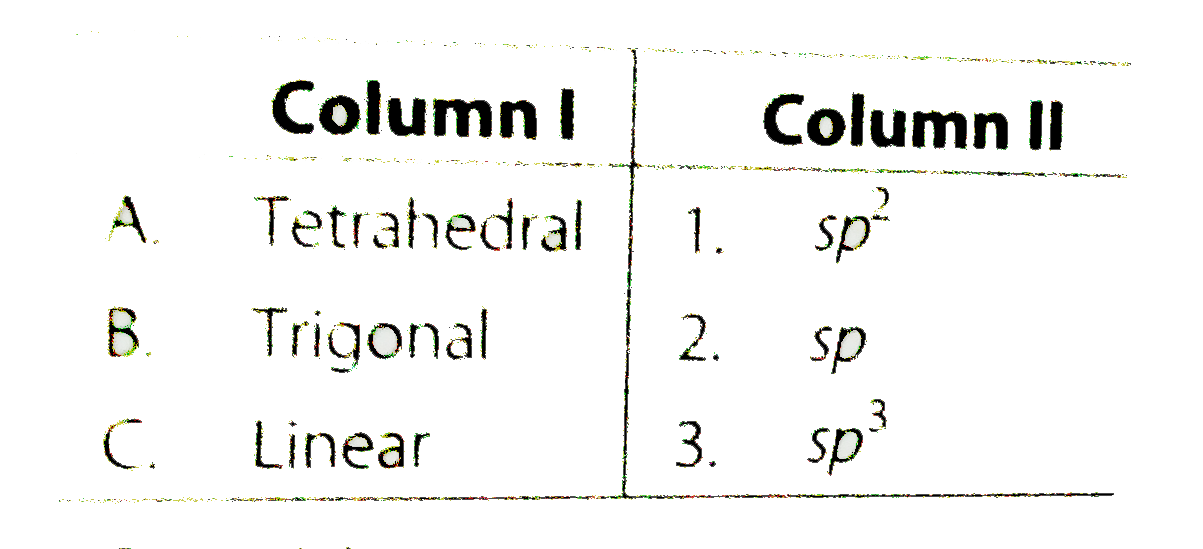In order to explain the characteristic geometrical shapes of polyatomic molecules, Pauling introduced the concept of hybridisation. The orbitals undergoing hybridisation should have nearly same energy. There are various types of hybridisations involving s, p and d - type of orbitals. The type of hybridisation gives the characteristic shape of the molecular or ion.
Which molecule does not have the same type of hybridisation as P has in PF5?
ClF3
SF4
XeF4
XeF2
The correct Answer is:C
To determine which molecule does not have the same type of hybridization as phosphorus in PF5, we will follow these steps:
Step 1: Determine the hybridization of PF5
- Valence Electrons of Phosphorus (P): Phosphorus has 5 valence electrons.
- Number of Monovalent Bonds: PF5 has 5 fluorine atoms, which means there are 5 monovalent bonds.
- Hybridization Formula: The formula for hybridization is given by:
Hybridization=12(Valence Electrons+Number of Monovalent Bonds−Charge)
For PF5:
Hybridization=12(5+5−0)=12×10=5
- Type of Hybridization: Since the hybridization number is 5, the type of hybridization is sp³d. This corresponds to a trigonal bipyramidal geometry.
Step 2: Analyze the hybridization of the given options
1. ClF3:
- Valence Electrons of Cl: 7
- Monovalent Bonds: 3 (with F)
- Hybridization:
Hybridization=12(7+3−0)=12×10=5
- Type: sp³d (trigonal bipyramidal with 2 lone pairs)
2. XeSF4:
- Valence Electrons of S: 6
- Monovalent Bonds: 4 (with F)
- Hybridization:
Hybridization=12(6+4−0)=12×10=5
- Type: sp³d (seesaw geometry with 1 lone pair)
3. XeF4:
- Valence Electrons of Xe: 8
- Monovalent Bonds: 4 (with F)
- Hybridization:
Hybridization=12(8+4−0)=12×12=6
- Type: sp³d² (square planar geometry with 2 lone pairs)
4. XeF2:
- Valence Electrons of Xe: 8
- Monovalent Bonds: 2 (with F)
- Hybridization:
Hybridization=12(8+2−0)=12×10=5
- Type: sp³d (linear geometry with 3 lone pairs)
Step 3: Compare the hybridizations
- PF5 has sp³d hybridization.
- ClF3 has sp³d hybridization.
- XeSF4 has sp³d hybridization.
- XeF4 has sp³d² hybridization, which is different from PF5.
Conclusion
The molecule that does not have the same type of hybridization as phosphorus in PF5 is XeF4.
- Valence Electrons of Phosphorus (P): Phosphorus has 5 valence electrons.
- Number of Monovalent Bonds: PF5 has 5 fluorine atoms, which means there are 5 monovalent bonds.
- Hybridization Formula: The formula for hybridization is given by:
Hybridization=12(Valence Electrons+Number of Monovalent Bonds−Charge)
For PF5:
Hybridization=12(5+5−0)=12×10=5
- Type of Hybridization: Since the hybridization number is 5, the type of hybridization is sp³d. This corresponds to a trigonal bipyramidal geometry.
1. ClF3:
- Valence Electrons of Cl: 7
- Monovalent Bonds: 3 (with F)
- Hybridization:
Hybridization=12(7+3−0)=12×10=5
- Type: sp³d (trigonal bipyramidal with 2 lone pairs)
- Valence Electrons of S: 6
- Monovalent Bonds: 4 (with F)
- Hybridization:
Hybridization=12(6+4−0)=12×10=5
- Type: sp³d (seesaw geometry with 1 lone pair)
- Valence Electrons of Xe: 8
- Monovalent Bonds: 4 (with F)
- Hybridization:
Hybridization=12(8+4−0)=12×12=6
- Type: sp³d² (square planar geometry with 2 lone pairs)
- Valence Electrons of Xe: 8
- Monovalent Bonds: 2 (with F)
- Hybridization:
Hybridization=12(8+2−0)=12×10=5
- Type: sp³d (linear geometry with 3 lone pairs)
- PF5 has sp³d hybridization.
- ClF3 has sp³d hybridization.
- XeSF4 has sp³d hybridization.
- XeF4 has sp³d² hybridization, which is different from PF5.
The molecule that does not have the same type of hybridization as phosphorus in PF5 is XeF4.
Topper's Solved these Questions
- CHEMICAL BONDING AND MOLECULAR STRUCTUREBOOK - MODERN PUBLICATIONCHAPTER - CHEMICAL BONDING AND MOLECULAR STRUCTUREEXERCISE - OBJECTIVE TYPE QUESTIONS (D. MULTIPLE CHOICE QUESTIONS)(Matching Type Question)
2 Videos
- CHEMICAL BONDING AND MOLECULAR STRUCTUREBOOK - MODERN PUBLICATIONCHAPTER - CHEMICAL BONDING AND MOLECULAR STRUCTUREEXERCISE - OBJECTIVE TYPE QUESTIONS (D. MULTIPLE CHOICE QUESTIONS)(Matrix Match Type Question)
6 Videos
- CHEMICAL BONDING AND MOLECULAR STRUCTUREBOOK - MODERN PUBLICATIONCHAPTER - CHEMICAL BONDING AND MOLECULAR STRUCTUREEXERCISE - OBJECTIVE TYPE QUESTIONS (C. MULTIPLE CHOICE QUESTIONS)
12 Videos
- CLASSIFICATION OF ELEMENTS AND PERIODICITY IN PROPERTIES BOOK - MODERN PUBLICATIONCHAPTER - CLASSIFICATION OF ELEMENTS AND PERIODICITY IN PROPERTIES EXERCISE - UNIT PRACTICE TEST
13 Videos
Similar Questions
Knowledge Check
In order to explain the characteristic geometrical shapes of polyatomic molecules, Pauling introduced the concept of hybridisation. The orbitals undergoing hybridisation should have nearly same energy. There are various types of hybridisations involving s, p and d - type of orbitals. The type of hybridisation gives the characteristic shape of the molecular or ion.
Which of the following molecule/ion does not have same number of lone pairs?ASF4BPH3CClO−3DXeF2In order to explain the characteristic geometrical shapes of polyatomic molecules, Pauling introduced the concept of hybridisation. The orbitals undergoing hybridisation should have nearly same energy. There are various types of hybridisations involving s, p and d - type of orbitals. The type of hybridisation gives the characteristic shape of the molecular or ion.
Which of the following has correct placement of lone pairs and bond pairs?A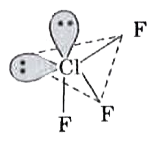 B
B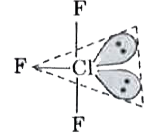 C
C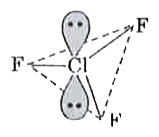 D
D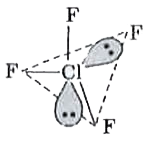
In which of the following pairs both molecules do not possess same type of hybridisation?
ACH4 and H2OBPCl5 and SF4CSF4 and XeF4DBCl3 and NCL3
On the basis of type of hybridisation, predict the shape of the following molecules :
(i) H2C=O
(ii) CH3F
(iii) HC≡N
View SolutionIn which of the following pair both molecules do not possess same type of hybridisation?
View SolutionWhich of the folowing set of molecules have same shape but different hybridisation ?
View SolutionWhich of the following is/are not essential condition(s) for hybridisation?
(i) The orbitals present in the valence shell of the atom are hybridisation.
(ii) The orbital undergoing hybridisation should have almost equal energy.
(iii) Promotion of electron is essential prior to hybridasation
(iv) Only half filled orbital participal in hybridisation
View SolutionIn which one of the following species the central atom has the type of hybridization which is not the same as that present in the other three ?
View Solution

